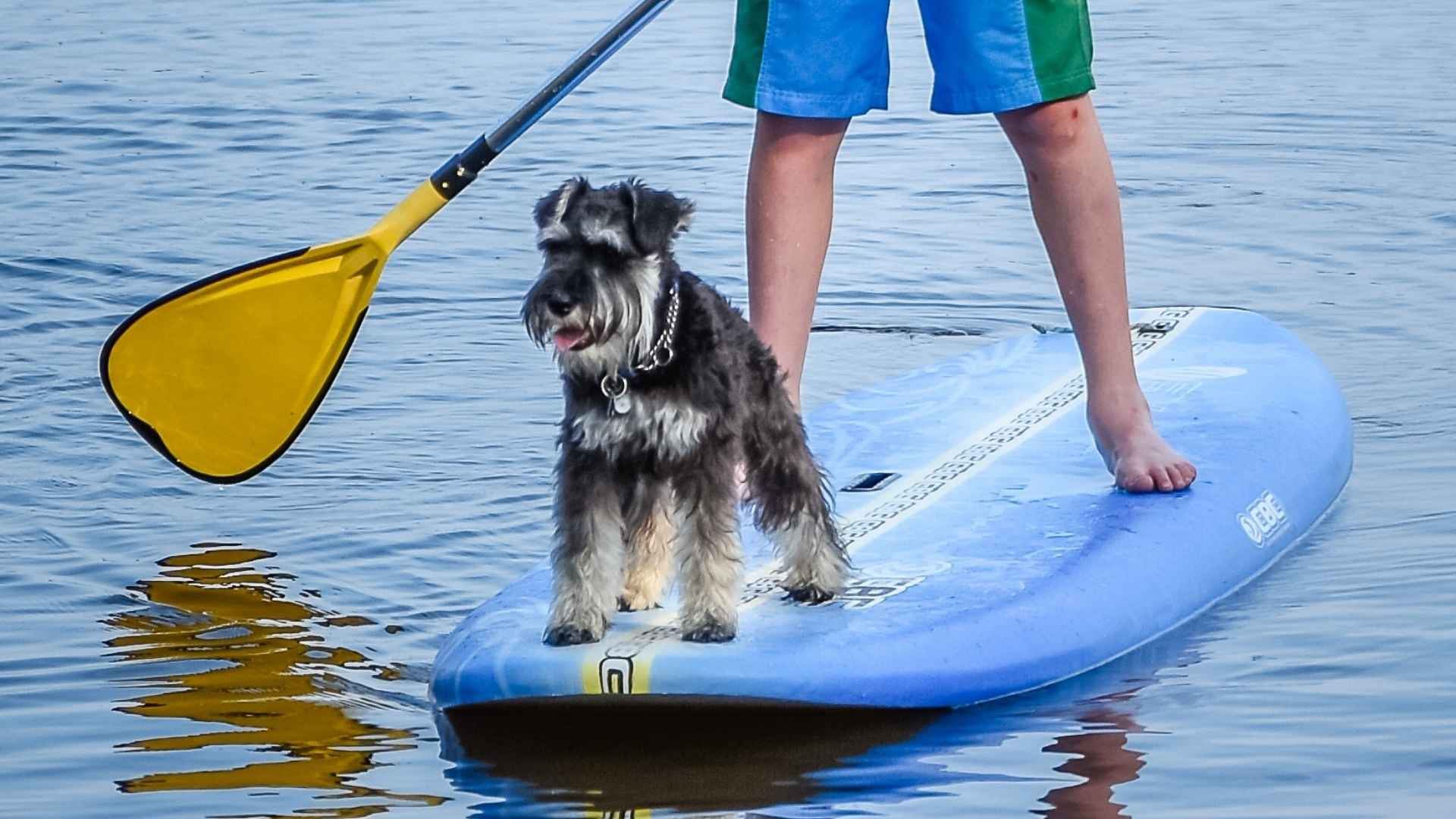You know that feeling when the paddle hits smooth water, and everything else just fades out? That’s peace. That’s freedom. And for a lot of people, it’s even better with a dog.
But not every dog wants to sit in a kayak. Some get anxious. Some hate water. And others turn a calm ride into a circus. But the right dog? The right one will sit steadily, ride easily, and love every second. No barking. No jumping. Just you, the water, and a tail that thumps with every ripple.
If you’ve ever wished your dog could come along without drama, you’re not asking for too much. You just need a breed that was made for it. This list gives you exactly that: dogs who are born to ride, stay calm, and share your love of open water.
Kayak Companion Dog Breeds
1. Irish Water Spaniel
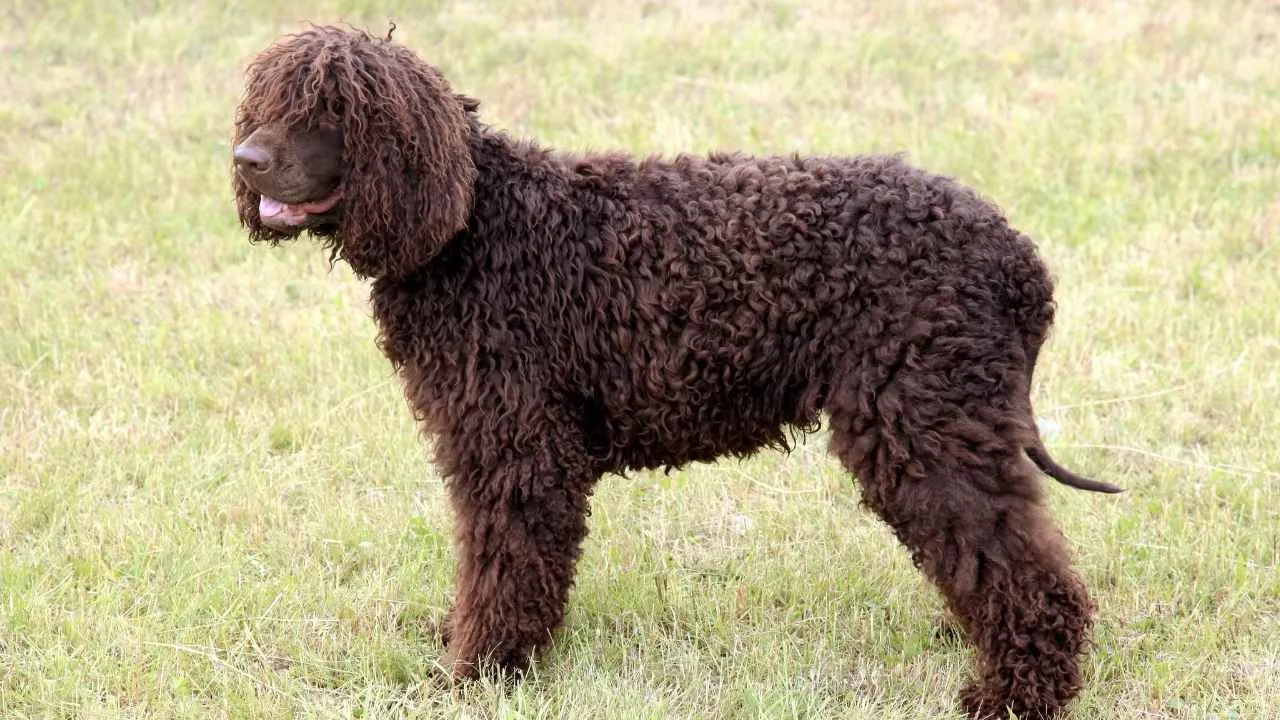
The Irish Water Spaniel has webbed feet and a dense, water-repellent coat, making it one of the few breeds designed for aquatic work. Its strong hind legs give it excellent propulsion, which shows when paddling alongside a kayak.
Calm Temperament in Close Spaces
In a kayak, space is limited and movement is minimal. This spaniel remains composed, even during long periods of stillness, adapting quickly without restlessness. It reads human cues well and settles naturally into the rhythm of quiet paddling.
Strong Recall and Water Endurance
Whether it’s a calm lake or a steady river current, this breed maintains focus and direction. It’s known to return promptly when called, regardless of distractions onshore or in the water. That consistency makes it one of the good breeds for active but controlled settings.
Independent Yet Attuned to the Group
While it functions well without constant commands, it also blends easily with other dogs on shared outings. You’ll often hear that it’s the “clown of the spaniel family,” but that playfulness never compromises awareness, as mentioned in the AKC. It’s a true balance of energy, instinct, and precision.
2. Poodle
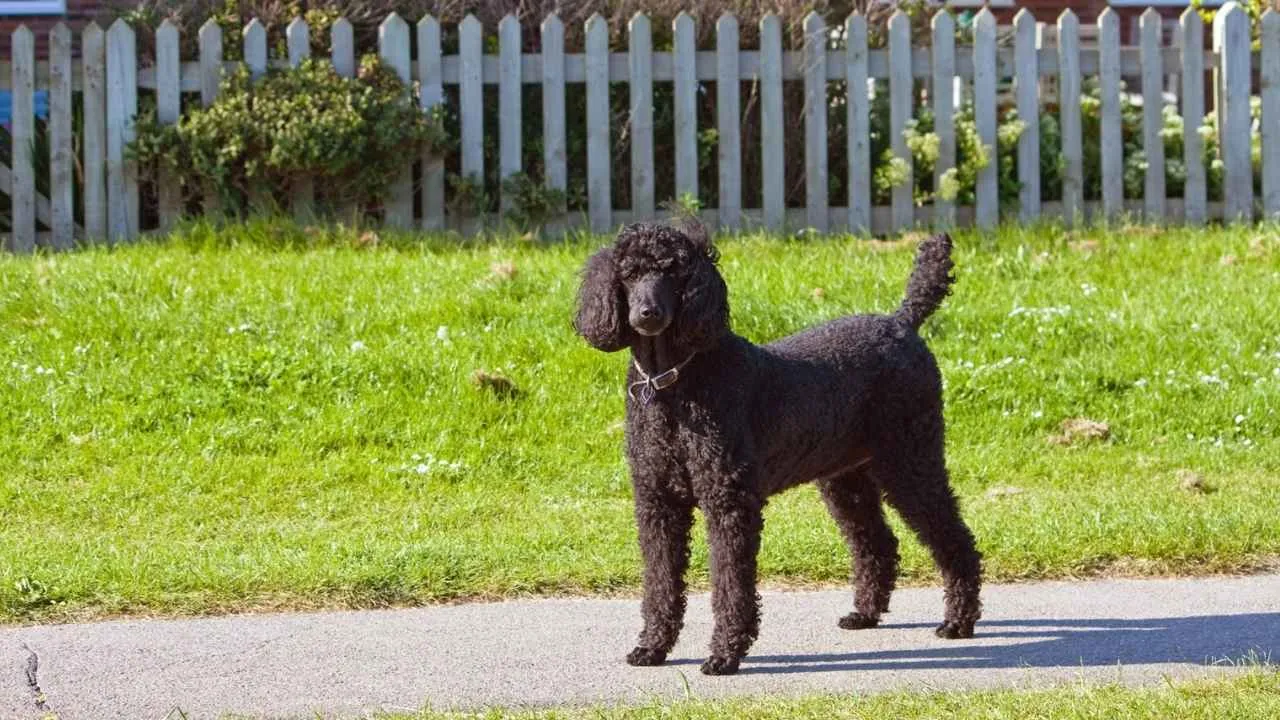
Standard Poodles were originally developed as water retrievers and still carry the structure for it: long limbs, deep chests, and efficient stride. Their body stays level during entry and movement in water, which supports balance beside or inside a kayak. They don’t scramble—they glide.
Quick Adjustment to Routine
They pick up paddling cues from repetition alone—no heavy training sequences required. Even slight hand movements or turns become signals once they’ve experienced the motion a few times. That adaptability reduces tension during longer outings where predictability matters.
Impressive Stamina for Distance
Their lung capacity and stride efficiency contribute to long-distance swim capability, even in open water. They’re among the few breeds that can maintain rhythm without fatigue surfacing early. This matters when the current shifts and consistency is non-negotiable.
Social Stability on the Water
Poodles tolerate unpredictable surroundings—waves, shifting balance, and nearby sounds—without agitation. That same temperament helps when paired with other canines or when paddling in groups. For owners who want their best buddy to mirror their calm, this breed doesn’t disappoint.
3. Spanish Water Dog
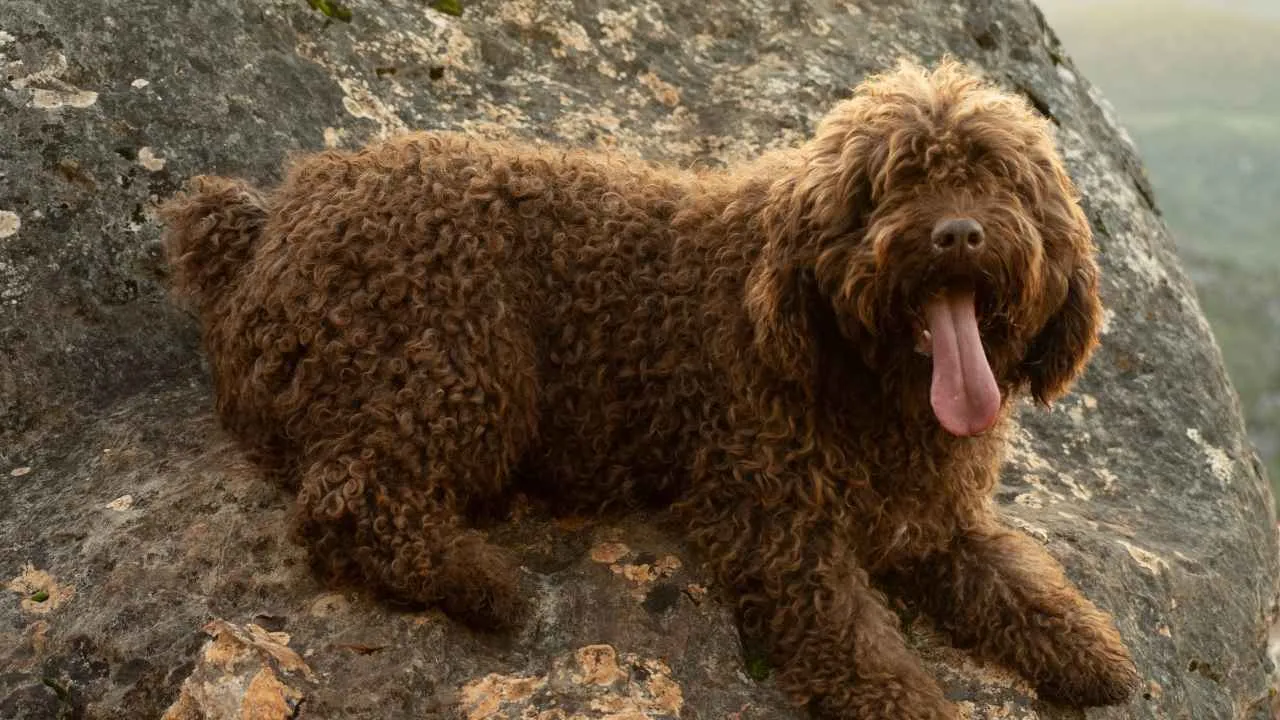
The Spanish Water Dog was bred to retrieve and herd livestock across wetlands. This dual-purpose history shows in its ability to read both water movement and handler direction with equal ease. It doesn’t pause to assess—it acts with efficiency shaped by lineage.
Coat Suited for Repeated Dips
Its single-layer curly coat dries faster than double-coated breeds, preventing chills during repeated entries and exits. That texture also resists matting, even after contact with river debris or floating sticks. It’s built to rinse, shake, and get back to task.
High Drive, Low Distraction
This breed stays sharply focused on the handler, even during extended paddles or shoreline stops. It rarely wanders, making it easier to manage during gear adjustments or quick turns. Those who’ve started kayaking with this breed often highlight its instinct to stay close and watchful.
Natural Swimmer with Solid Control
The Spanish Water Dog isn’t just comfortable in water—it navigates with deliberate pacing and strong leg propulsion. That makes it a reliable option for longer excursions where currents may shift. As a breed built for action, it excels in any situation involving a dog swim or a retrieval task.
4. Labrador Retriever
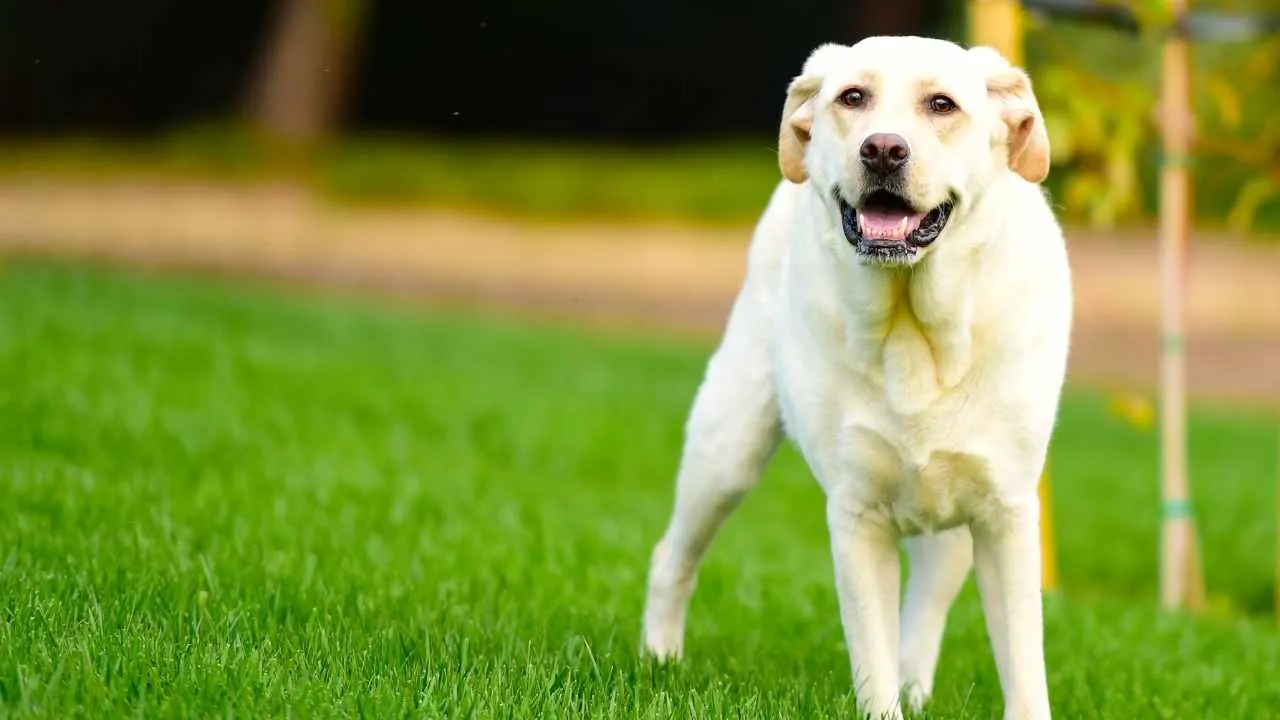
Labradors are deliberate when stepping into narrow spaces, adjusting their body weight smoothly without tipping the kayak. Their muscle memory kicks in from early field training, allowing them to balance with minimal correction. That predictability makes shore launches and reboarding far less chaotic.
Stable Behavior in Moving Water
They respond well to gentle currents, showing consistent posture and calm eyes during drift or slow turns. In calm waters, they don’t pace or shift constantly, which is critical when you’re navigating quiet zones or fishing while paddling. Their stability minimizes sudden boat movement.
High Comfort With Long Swims
This is a water-loving breed, historically used for retrieving fishing nets in cold North Atlantic seas. According to PetMade, their double-layered coat insulates without weighing them down, and their tail, often referred to as an “otter tail,” acts as a natural rudder. They can swim long distances without stress.
Confidence Around Wildlife and Noise
Labs don’t fixate when they see ducks, waves, or another animal nearby; they assess and move on without creating a disruption. That steadiness is invaluable when you’re gliding past flocks or navigating lakes shared with others. They’re observant, not reactive—a key difference from high-drive breeds.
5. Newfoundland
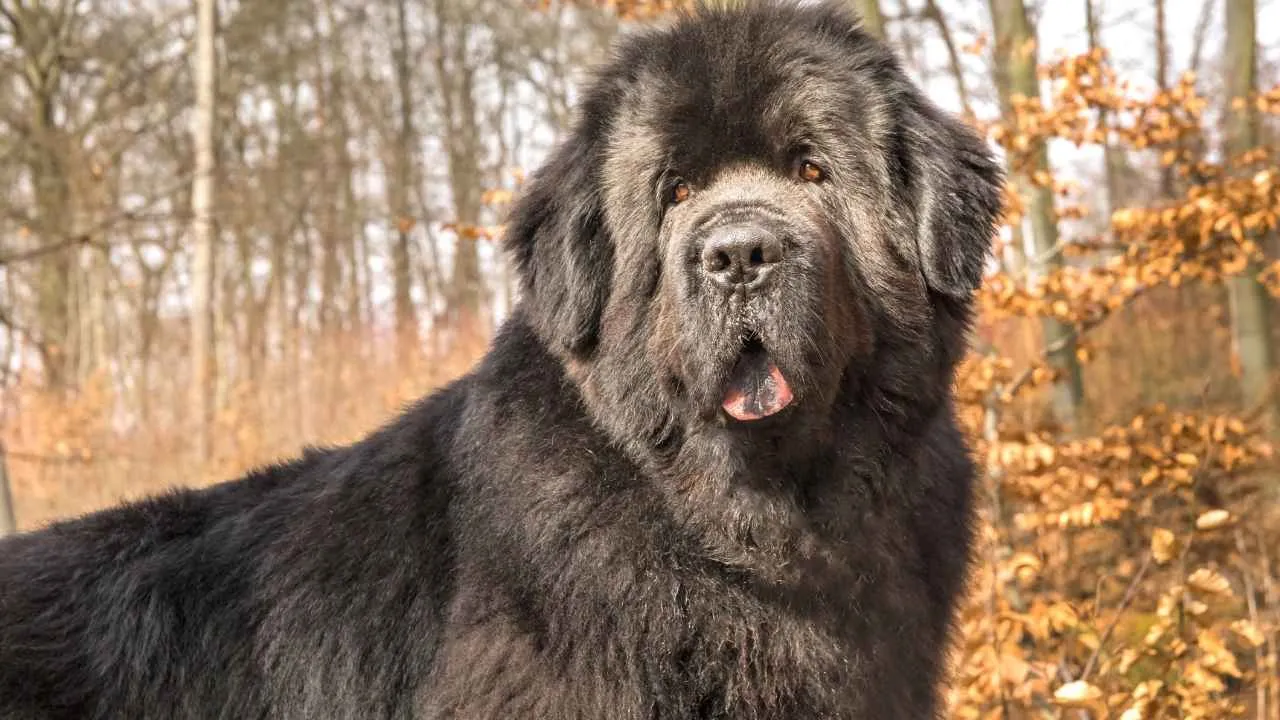
Newfoundlands are known for lifesaving instincts, with documented rescues involving full-grown adults pulled from cold waters. Their sheer strength allows them to tow weight across distances with ease. For kayakers, that means backup support in situations where endurance matters more than speed.
Stable Behavior on Moving Platforms
This breed’s mass and low center of gravity help it remain balanced even in shifting kayaks or during quick repositions. It doesn’t overreact to tilting or water spray, which is key during beach launches or open-water paddling. Its calm demeanor holds steady under pressure.
Engineered for Aquatic Activity
They have thick, insulating coats and webbed toes that provide superior propulsion through currents or choppy water. The lungs are large for their size, giving them better oxygen efficiency during extended swims. That design supports longer trips in colder regions where stamina is vital.
Low Reactivity Around Distractions
On crowded shorelines or bustling docks, Newfoundlands stay composed and focused. Loud noises, splashing, or sudden boat movement don’t spark anxiety or hyper-vigilance. While they’re known for their fun temperament, it never compromises their reliability around gear or paddlers.
6. Portuguese Water Dog

Portuguese Water Dogs were once essential crew members on fishing boats in the Algarve region. They carried messages between ships and retrieved gear from the sea, skills requiring stamina and obedience in unpredictable waters. That work ethic translates naturally to kayaking conditions today.
Agile Movers in Compact Spaces
This breed has a compact yet muscular build that allows smooth transitions in and out of narrow kayaks. They balance well on wet surfaces without hesitation or clumsiness. Even when the kayak shifts, they adjust their footing quickly and calmly.
Responds Well to On-Water Commands
They were bred to respond to whistles and hand signals on moving boats. That sensitivity is still there, making redirection or recall in the water more fluid and less verbal. Few breeds show that same intuitive responsiveness around motion and distance.
Endurance for Long Sessions
These dogs maintain energy even after extended time in cold water or under direct sunlight. Their tight, curly coat traps less water, drying faster than most double-coated breeds. That allows them to remain comfortable on board during longer paddle excursions.
7. Nova Scotia Duck Tolling Retriever
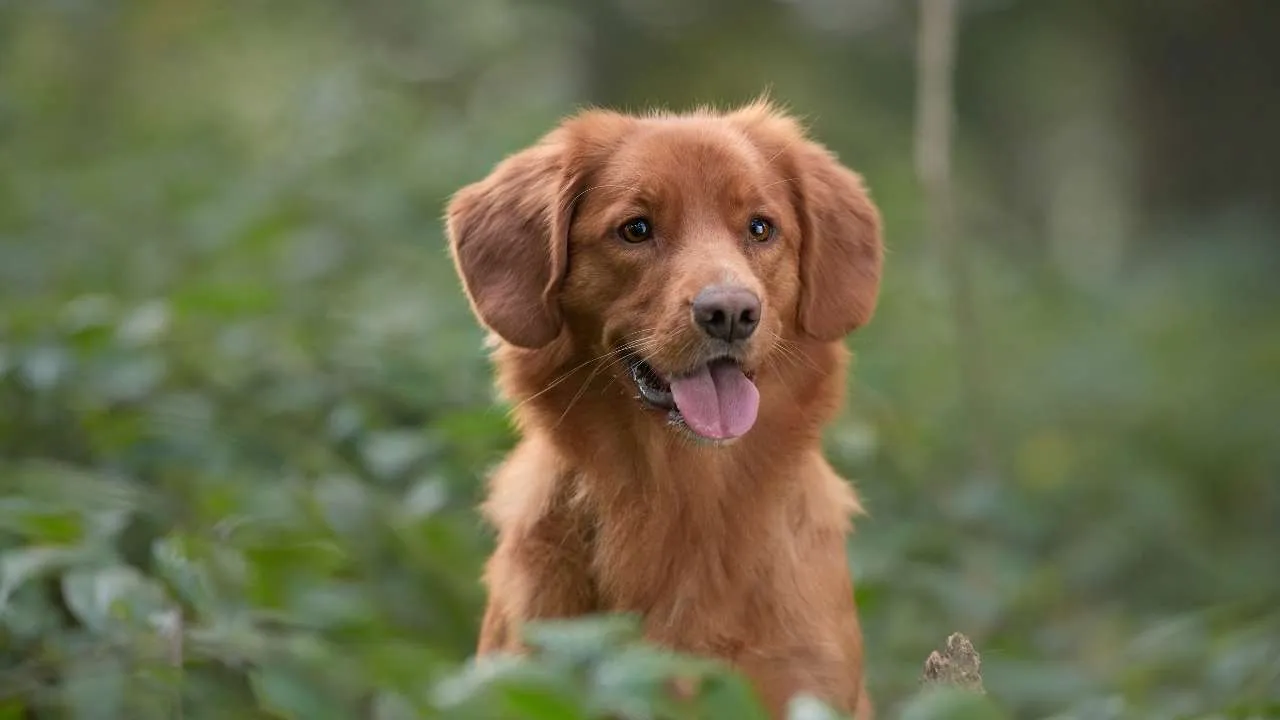
Originally bred to lure waterfowl by playful motion, this retriever’s eyes stay locked on movement across the water’s surface. That hyper-focus makes it naturally alert to shifting currents or ripples near the kayak. It’s a dog that notices the water changing before you do.
Fast Recovery from Cold Immersion
Its double coat insulates effectively in chilly lakes and coastal waters, allowing for quick swims without physical fatigue. Even after a full retrieve in cold temperatures, it dries faster than expected, keeping its energy stable. This makes it ideal for repeated water exits and re-entries.
Paddle-Efficient Size and Build
Weighing under 50 pounds but carrying a dense, muscular frame, it fits well in small cockpits or tandem kayaks. The compact form reduces imbalance during motion or turns. That efficient size is a structural advantage, not just convenience.
Mental Stamina in Slow Adventures
This breed’s brain doesn’t idle even when its body rests. It tracks birds, boat shadows, and distant reflections while sitting silently. You won’t need to engage it constantly—its mind stays busy even when the paddle slows.
8. American Water Spaniel
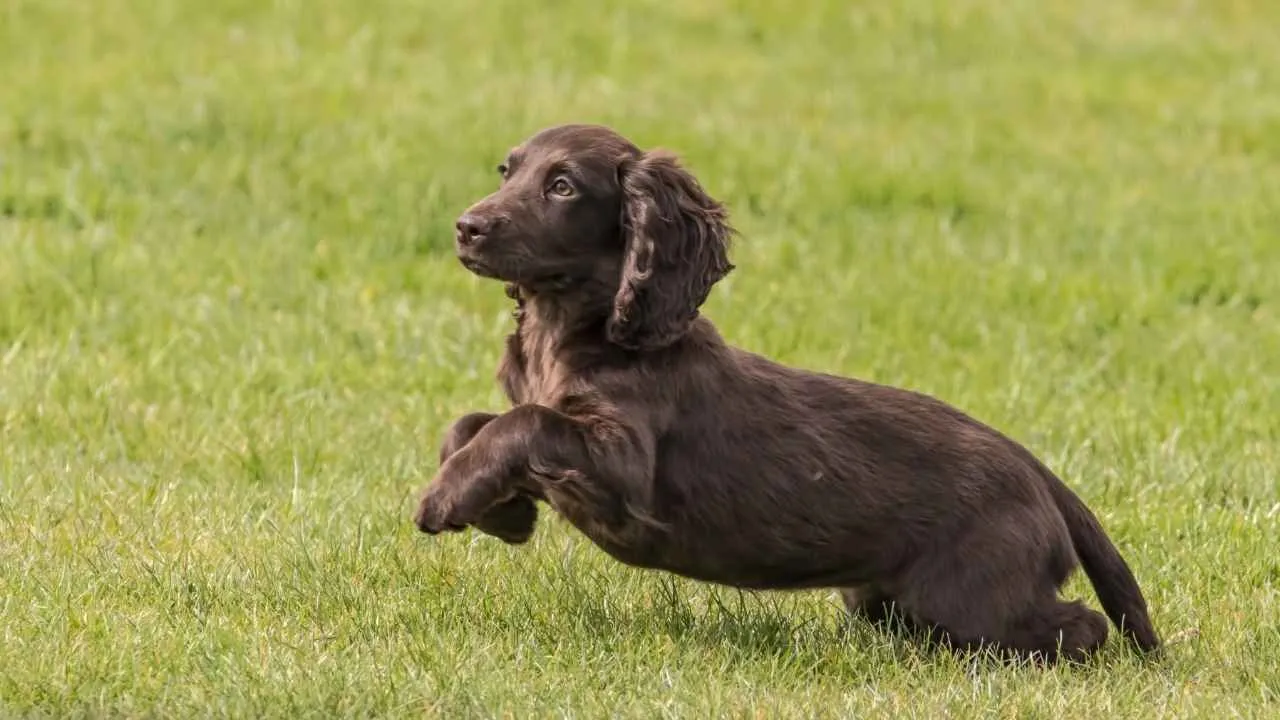
According to the AKC, this breed was developed for hunting from small boats in Wisconsin, making it physically ideal for kayak trips. Its muscular yet compact frame balances easily on narrow platforms without tipping or shifting too much weight. That kind of body control is rare in water-focused dogs.
Quiet Focus and Low-Profile Energy
The American Water Spaniel isn’t noisy or overly reactive, which helps maintain peace during long stretches of paddling. It observes without overreacting, often lying low and scanning the shoreline with a hunter’s patience. That quiet focus keeps the dog engaged without constant direction.
Coat Designed for Variable Water Conditions
Its double-layered, tightly curled coat insulates against cold lakes and also dries relatively fast. Even when exposed to wind or spray, it holds warmth and doesn’t carry that soaked-dog smell for long. This feature adds comfort during changing weather or when launching from wet banks.
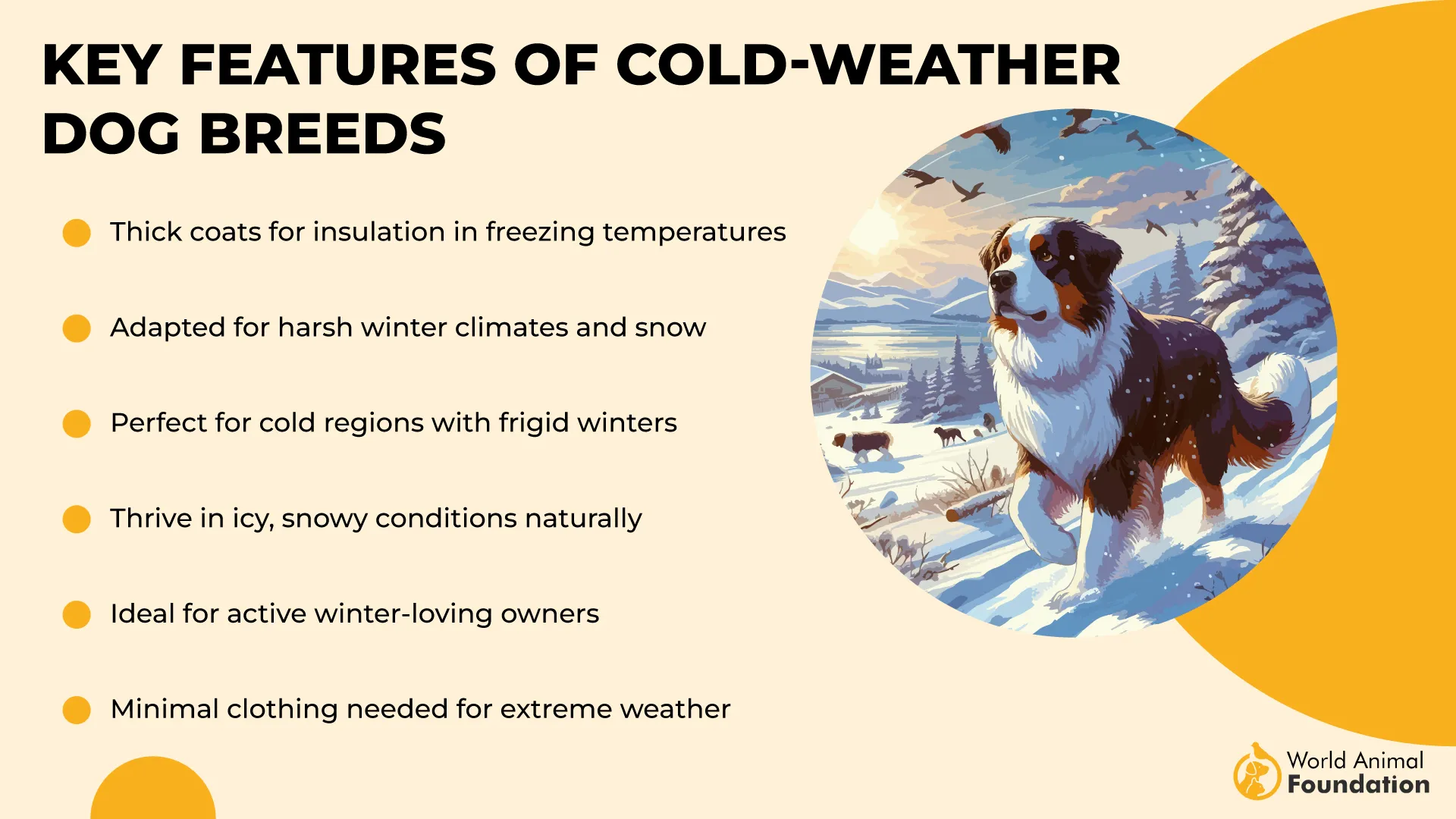
Strong Attachment and Trail Awareness
Bred to follow commands at a distance, it remains attentive even when given space to explore the shore. It also builds a strong connection with one person, allowing smoother communication on solo kayaking outings. That one-on-one bond makes its responses quicker, even without voice commands.
9. Chesapeake Bay Retriever
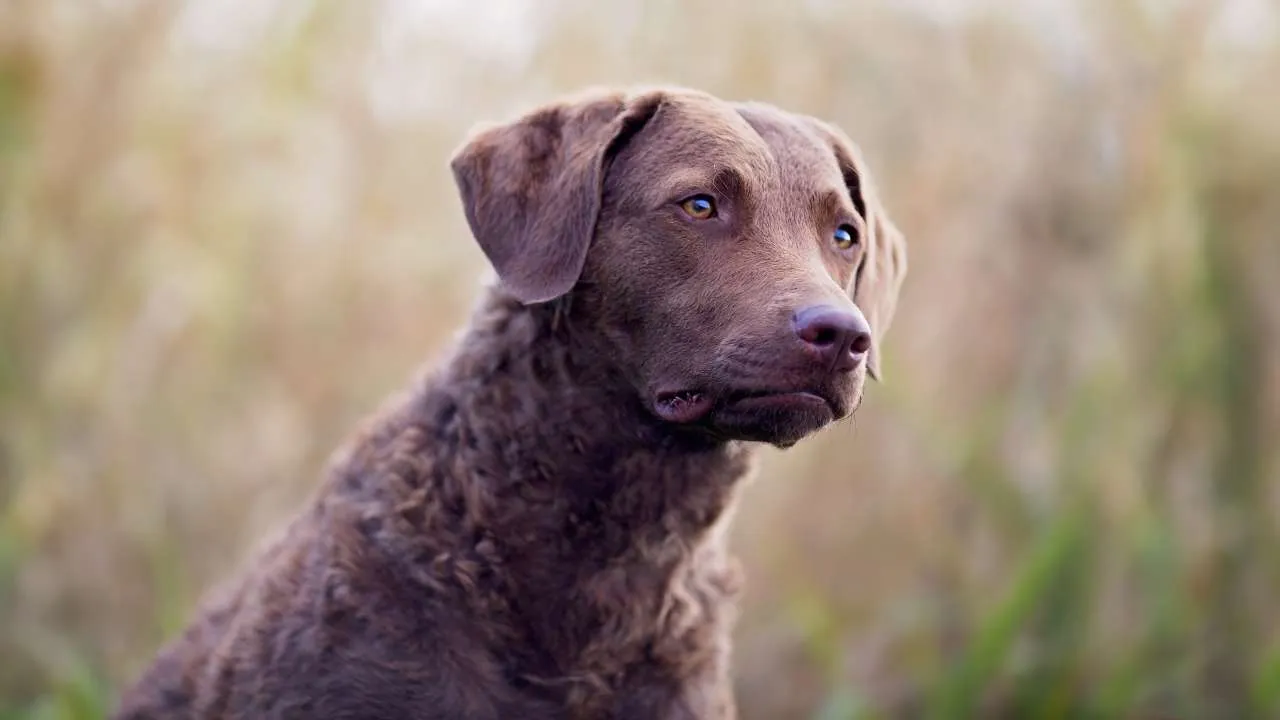
Originally bred to retrieve waterfowl in the icy Chesapeake Bay, this retriever doesn’t flinch in low temperatures. It can swim for hours without tiring, even in rougher conditions that test other breeds. That durability matters on extended kayaking trips where the weather can turn fast.
Coat Designed for Function, Not Fluff
Its oily double coat isn’t just water-resistant—it actively insulates, keeping the body warm and buoyant. After a swim, water rolls off with minimal absorption, so it dries quickly on the kayak deck. There’s no soggy, dripping mess to manage mid-paddle.
Task-Oriented with Focused Drive
This breed has a high work ethic and doesn’t need repeated instructions. When jumping from a kayak to the shoreline or responding to a handler’s voice over water, it acts quickly and with clear intent. It’s wired to complete a job, not wander or linger.
Protective Without Being Reactive
The Chesapeake forms a tight bond with its owner and often positions itself near them, even in a kayak. It scans its surroundings without barking unnecessarily or being jumpy. That quiet awareness is part of what made it the go-to retriever for 19th-century baymen working in silence.
Conclusion
Not every dog is built for water. And not every dog will sit still in a moving kayak. But the breeds in this list? They get it. They don’t panic, they don’t fight the motion—they settle in and enjoy the ride.
They don’t need constant talking, and they won’t chase every ripple like it’s an enemy. You just need to help them gear up. A well-fitted life jacket makes a huge difference, even for strong swimmers. And while some dogs need time to adjust, others seem like they’ve done it forever.
The trick is picking a dog who can stay calm, handle a few exciting distractions, and maybe even follow commands when needed. Once that match is made, the water’s yours. Smooth paddles. Quiet mornings.


